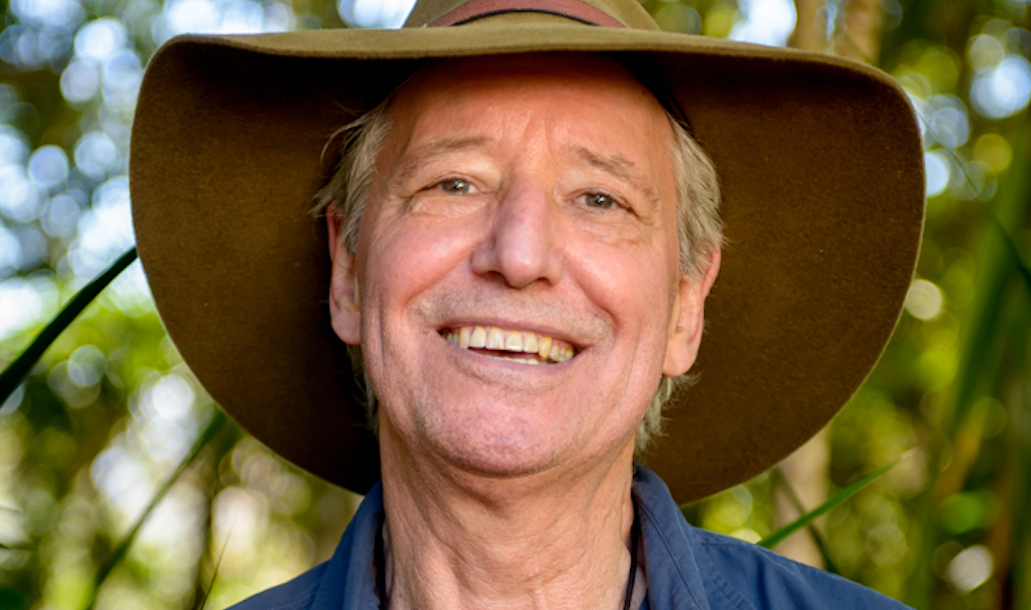Contributed by Robert Kooyman National Herbarium of NSW Royal Botanic Gardens, Sydney
You might ask why we need to use cutting edge science in restoration, and just what issues are so pressing that they require resolution using genomic tools to maximise the benefits of tree planting. After all, the trees seem to be growing just fine, and some of the rainforest restoration efforts look spectacular. Like the problem, the answer is relatively complex.
In the past, we worried about protecting local provenance. Implicit in that was the desire to secure and protect local adaptation. That got complicated because we didn’t know the boundaries of ‘local’, which led us to worry about in-breeding depression because local populations of many of the species we were trying to grow and protect were very small. So, then we thought maybe we should collect seed from further afield, to maximise within species diversity. But how far away should we collect?
What that historic discussion tells us is that we still do not know enough about how within and between species diversity is structured across the landscape, and how much variation and adaptability is present in rainforest species and rainforest communities. But the good news is our research is getting ever closer to answering some of those important questions and being able to provide information about how to rehabilitate and restore resilient vegetation communities that are climate ready.
My current work with Maurizio Rossetto at Royal Botanic Gardens, Sydney, and the Big Scrub Landcare Group is designed to provide easy to use information to address those questions and provide clear practical solutions to avoid in-breeding and maximise appropriate diversity.
In the first stage of the project I have been collecting leaf material for DNA extraction from an initial sample of 23 (mostly mature phase) canopy and sub-canopy species. These species are either canopy dominants and abundant in the forest or are used extensively in restoration plantings. I collect ca. 5-20 leaves or leaflets (depending on leaf size) from six individuals of each species at a location. Each species is collected from 20-30 locations representing the species entire distribution. For some species that is just NNSW and SEQld, but for others the distribution can stretch from southeast NSW to Cape York.
By capturing whole of species genetic diversity in relation to full distribution, and between species variation in relation to species co-occurrence across their distributions, we get very powerful data that allows us to understand how genetic diversity is structured across the landscape for individual species and multiple species in communities. Based on that we will establish a seed orchard for the Big Scrub region using appropriately sourced material.
But it doesn’t stop there. From those data we can also interpret the climate tolerances of species and species assemblages (communities). This information allows us to define the most appropriate collection area for local and regional projects (to maximise appropriate genetic diversity) under existing climate conditions and predict the most appropriate (climate ready) areas for seed collection under changing climate conditions. Users will be able to interrogate a map, nominate species and generate recommendations relative to climate predictions into the future. This component is already up and running as examples for several ‘test’ species on the Restore and Renew webtool (www.restore-and-renew.org.au). In the near future we hope to see all the Big Scrubs most important canopy and sub-canopy species included.


